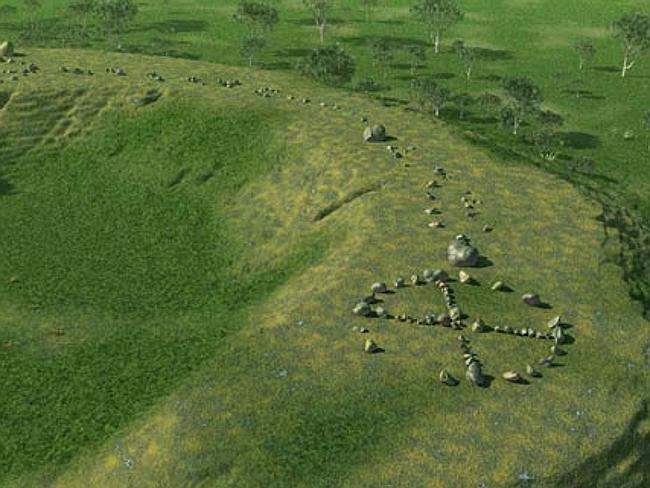Local time Wednesday 1:33 AM | ||
 | ||
Weather 16°C, Wind SE at 11 km/h, 92% Humidity | ||
Stonehenge is a rural locality on the Northern Tablelands of New England in New South Wales, Australia.
Contents
Map of Stonehenge NSW 2370, Australia
The settlement is located about 8 kilometres (5 mi) south of Glen Innes, on the New England Highway and just north of Beardy Waters. It is about 3,500 feet (1,067 m) above sea level and exists mainly as a flat plateau strewn with granite boulders, some over 5 metres high. One of note is a roughly spherical monolith about 2.5 metres in diameter known as the Balancing Rock. The locality was named because of the local granite outcrops that were reminiscent of Stonehenge, England.
History
The land where Stonehenge Station was established is the territory of the Ngarabal people, who knew the area as "Hol'pin", meaning many casuarinas near a large plain. The area contains sacred sites and remains of great significance to Ngarabal people today.
Stonehenge station was occupied by Thomas Hewitt in 1838 on behalf of Archibald Boyd making him the first settler in the Glen Innes district. In 1848, Stonehenge, also known as Boyd’s Plains covered an area of 80,000 acres (320 km2). In 1886 the station was purchased by a Queensland grazier, George Morris Simpson, who built the Stonehenge homestead the following year.
The Main North railway line (now closed) crosses the New England Highway at Stonehenge, which also had a railway station which opened in 1884 and was closed about 1974.
Stonehenge has a recreation reserve of about 80 acres (320,000 m2) which includes a sports ground, shelter shed and toilets.
